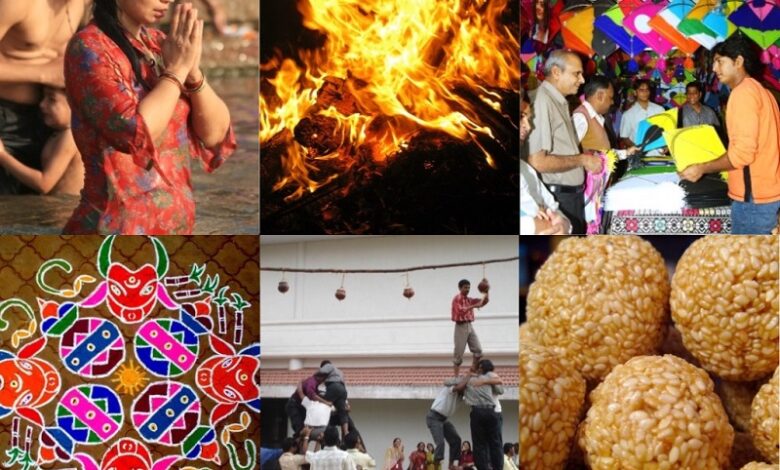Makar Sankranti “Greatness of a culture can be found in its festival”

It is said that the “Greatness of a culture can be found in its festivals”. India, a land of festivals and fairs, proves its cultural integrity with a wide variety of festivals celebrated across it throughout the year. Makar Sankranti is one such festival. It is the first major festival of the year celebrated on the 14th or 15th of January depending on the solar cycle. The harvest festival is both a religious and seasonal observance and is dedicated to Surya, the sun god. The literal meaning of its name refers to the sun’s transit into Makara (Capricorn) raashi (zodiac sign). It also marks the end of winter months in India, and after it, the short winter days start to become longer and the long winter nights start to become shorter. Thus, it is the last day of the month of Poush and marks the beginning of Magha following the Indian Calendar. It is noted that after this day, the sun starts its apparent movement (called Uttarayan) towards the north. Due to its astrological significance, it is considered to be an auspicious day, and any good deed or donation is believed to be fruitful. The festival’s signature food is a sweet dish made of Sesame seeds and Jaggery. Another enjoyable aspect of this day is the tradition of flying kites. The morning sky remains awash in a variety of brightly coloured and artistically designed kites. The festivities related to Makar Sankranti have different names depending on the region it is celebrated in. It is famous by the name of Lohri in the northern states of the country like Punjab and Haryana; Makar Sankranti in Bihar, Maharashtra, Gujarat, and West Bengal; Magh Bihu in Assam and the well-known Pongal in Tamil Nadu. Even though this harvest festival is associated with different names and customs in different regions of India, its overall objective of fostering happiness, cohesion, and wealth throughout the nation remains the same.
Shraddha Gupta Grade – IX Indus Valley World School






